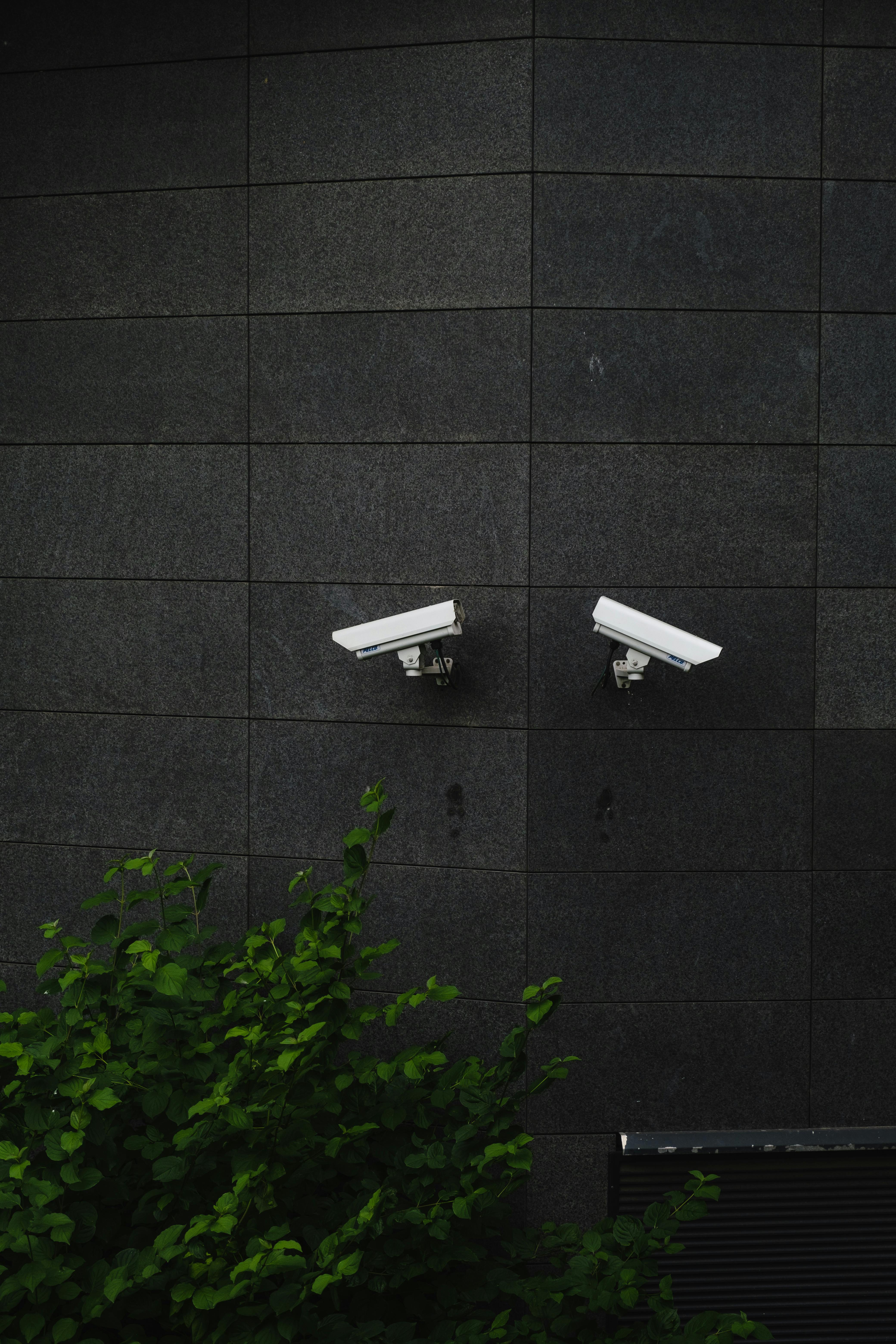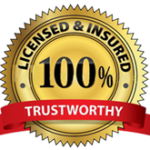In today’s fast-paced and tech-driven business environment, security is no longer a luxury—it’s a necessity. Whether you’re running a small retail shop or managing a large corporate office, your business is vulnerable to a wide range of threats, including theft, vandalism, cyberattacks, and unauthorized access. These risks can result in significant financial losses, reputational damage, and even legal consequences. Fortunately, with the rapid advancement of security technologies, businesses now have powerful tools to protect their assets and ensure operational continuity.
In this blog, we’ll explore the multifaceted ways a high-tech security system can help secure your business, improve efficiency, and give you peace of mind.

1. 24/7 Surveillance and Monitoring
One of the most fundamental components of a modern security system is video surveillance. High-definition cameras with night vision and motion detection capabilities provide constant monitoring of your premises. Unlike traditional CCTV systems, modern surveillance solutions are often cloud-based, allowing for real-time access from mobile devices or desktops.
Benefits:
- Remote access: View live feeds from anywhere using smartphones or tablets.
- Cloud storage: Access recorded footage anytime without needing physical storage.
- Smart alerts: Receive notifications when unusual activities are detected, such as motion after business hours.
This always-on visibility helps deter potential intruders, protect employees, and resolve disputes by providing indisputable visual evidence.
2. Access Control Systems
High-tech access control systems use technologies such as keycards, biometrics, facial recognition, or mobile credentials to regulate who can enter specific areas of your business premises. These systems are essential for maintaining a secure environment, especially in organizations with sensitive data, high-value inventory, or restricted zones.
Benefits:
- Track entries and exits: Maintain a log of who accessed which areas and when.
- Prevent unauthorized access: Only credentialed individuals can enter specific zones.
- Custom permissions: Assign different access levels based on role or seniority.
With access control, you not only secure your physical assets but also foster accountability within your workforce.
3. Integrated Alarm Systems
A high-tech alarm system can do much more than just make noise. Today’s alarms are integrated with smart systems that notify you and local authorities the moment a security breach occurs.
Key features include:
- Break-in detection via doors/windows sensors and glass-break detectors.
- Environmental monitoring for smoke, fire, carbon monoxide, and flooding.
- Smart triggers that activate locks, lights, or cameras when a breach is detected.
By integrating these alarm systems with your overall security infrastructure, you create a proactive and responsive security environment that minimizes damage and speeds up emergency response.
4. Cybersecurity Integration
Physical and digital security are no longer separate domains. High-tech security systems now include cybersecurity features to protect your digital infrastructure. This is particularly crucial as businesses store more data in the cloud and rely heavily on digital communications.
Solutions include:
- Network monitoring to detect anomalies and unauthorized access.
- Firewall and encryption technologies to safeguard sensitive data.
- Two-factor authentication (2FA) for secure access to company systems.
Combining physical security with cybersecurity offers comprehensive protection from both traditional and modern threats, helping you avoid data breaches, ransomware attacks, and other forms of cybercrime.
5. Artificial Intelligence and Machine Learning
AI and machine learning are revolutionizing the way security systems operate. These technologies analyze vast amounts of data to identify patterns, recognize potential threats, and respond faster than any human could.
Applications:
- Facial recognition to identify employees and detect unknown individuals.
- Behavioral analytics to flag suspicious activity, such as loitering or movement in restricted areas.
- Automated responses that trigger alerts, lock doors, or call authorities based on specific criteria.
These intelligent systems not only reduce false alarms but also enhance the efficiency and accuracy of threat detection.
6. Cost-Effective and Scalable Solutions
While the initial investment in a high-tech security system may seem substantial, the long-term savings and benefits far outweigh the costs. Modern systems are modular and scalable, allowing businesses to start small and expand as needed.
Financial benefits include:
- Reduced theft and loss.
- Lower insurance premiums (many insurers offer discounts for businesses with advanced security).
- Minimized downtime due to faster incident response and recovery.
Moreover, automation reduces the need for extensive manual oversight, freeing up your team to focus on core operations.
7. Improved Employee Safety and Productivity
A secure environment leads to happier, more productive employees. Workers are more confident and focused when they know they are protected from external and internal threats.
Positive outcomes:
- Panic buttons or emergency alert systems allow staff to call for help instantly.
- Surveillance in parking lots or secluded areas enhances personal safety.
- Access control ensures that only authorized personnel are allowed in sensitive departments, reducing internal threats.
A well-secured workplace reflects professionalism and shows your commitment to employee well-being.
8. Customer Trust and Business Reputation
In today’s digital age, reputation is everything. Customers and partners want to do business with companies that take security seriously. Implementing a high-tech security system demonstrates a proactive approach to safeguarding sensitive data and customer interactions.
Perks:
- Build customer confidence by protecting their data and experiences.
- Meet regulatory requirements for data protection and privacy laws (like GDPR or HIPAA).
- Enhance brand reputation by avoiding publicized security breaches.
By investing in security, you’re also investing in customer loyalty and long-term brand strength.
9. Centralized Management and Analytics
A high-tech security system often comes with a centralized dashboard, giving you full control over your security infrastructure from a single interface.
Features include:
- Real-time alerts and analytics on system performance and threats.
- Audit trails for compliance and investigation purposes.
- User-friendly interfaces that make management easy even for non-tech-savvy users.
The ability to analyze security trends and metrics helps in planning, budgeting, and continuous improvement of your security strategy.
10. Future-Proofing Your Business
Security technologies are evolving rapidly. A high-tech system can often be updated remotely and integrated with new innovations such as drones, smart lighting, and robotics.
Why this matters:
- Adapt to emerging threats with flexible, upgradeable systems.
- Integrate with IoT devices to build a smarter and more connected workplace.
- Stay ahead of competitors by embracing innovation.
Being ahead in security gives your business a strategic edge and ensures long-term sustainability.
Final Thoughts
In a world where threats are becoming more complex and frequent, a high-tech security system is one of the smartest investments you can make for your business. It does more than just prevent crime—it enhances efficiency, builds trust, ensures compliance, and gives you a clear operational advantage.
Whether you’re securing a warehouse, an office building, or a retail store, the right technology can make all the difference. It’s not just about cameras and alarms anymore—it’s about building a security ecosystem that adapts, learns, and protects your business around the clock.
Protect what you’ve worked so hard to build. Upgrade your security, and upgrade your peace of mind.


